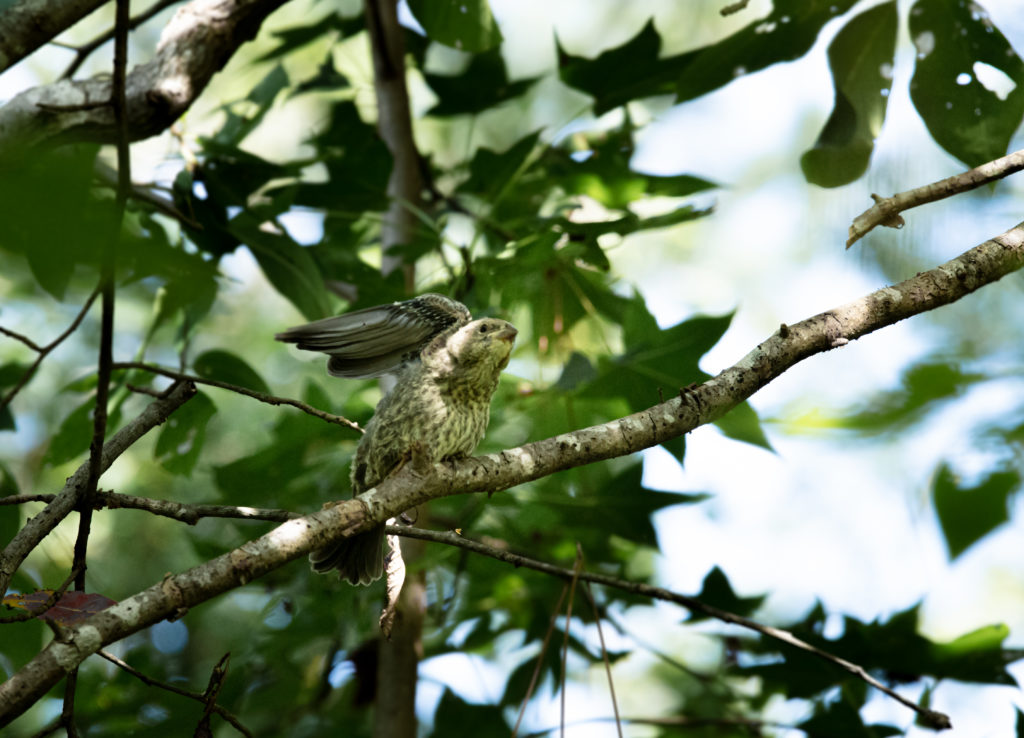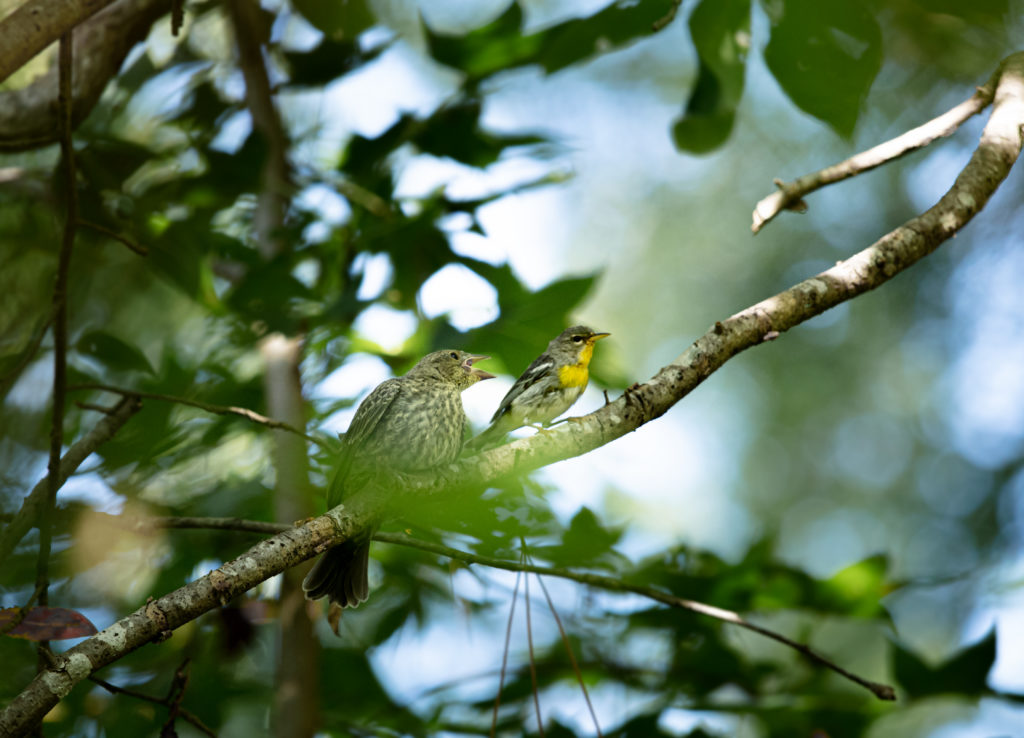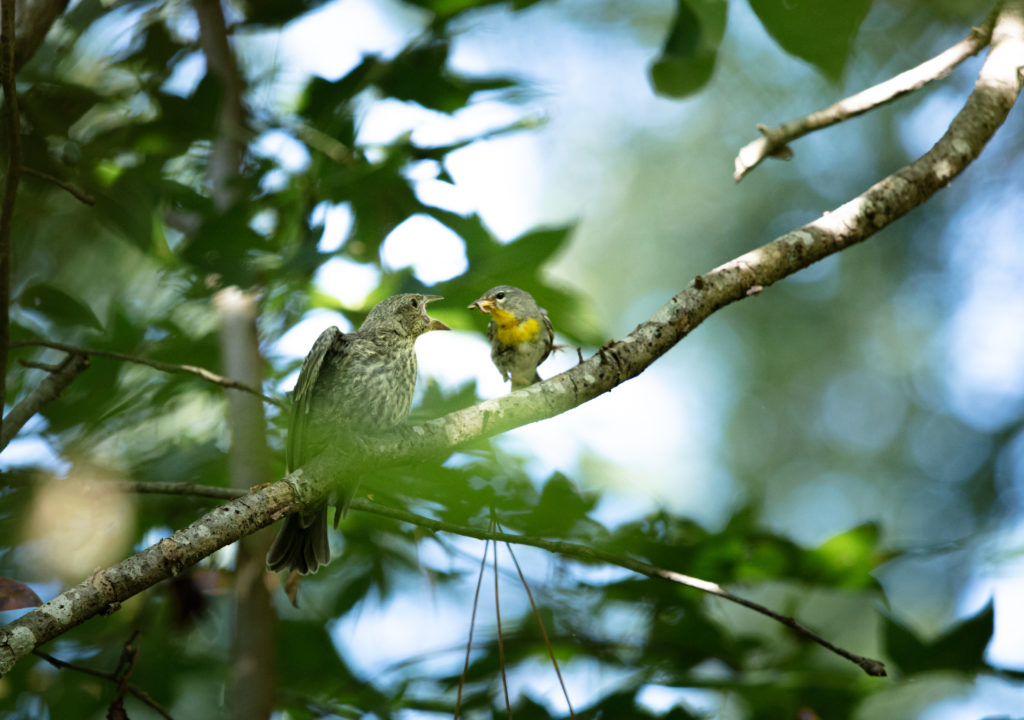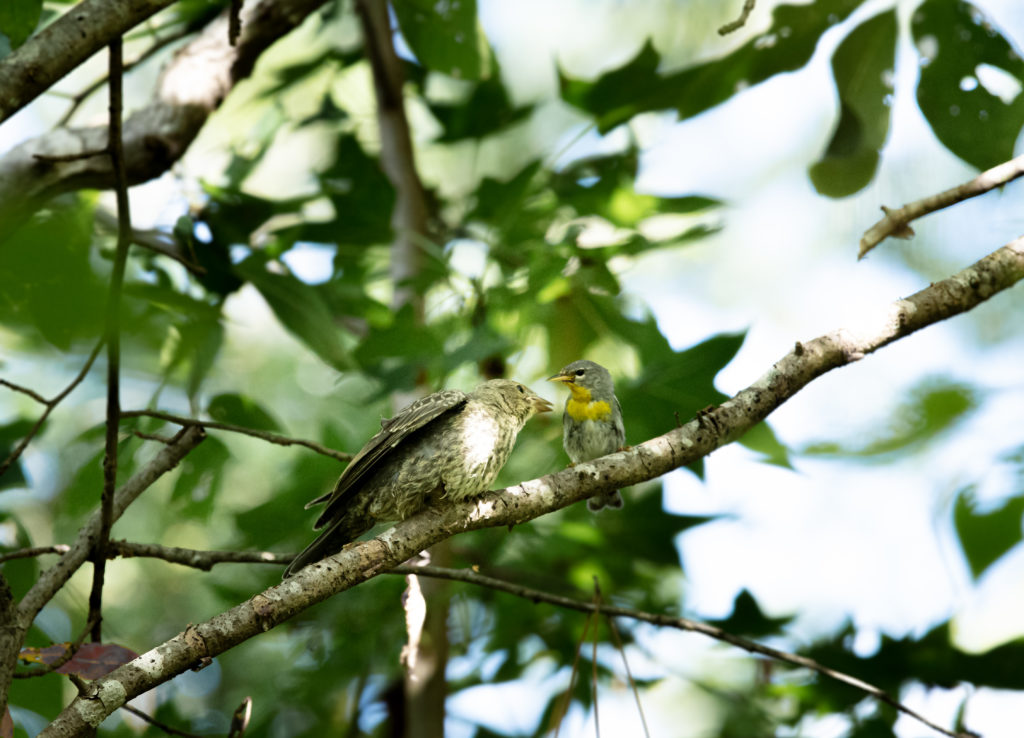This time of year, there are still large flocks of birds gathering together making the journey southward.
Here in central NC, one such species is the Brown headed Cowbird. I spotted this one (along with a few hundred of his friends) along Mid Pines Rd. in Raleigh yesterday morning.

Though many people dislike Brown headed Cowbirds for their parasitic nesting habits, they are an interesting species nonetheless.
Though they appear black in color (aside from their brown heads), males are actually covered in an iridescent green, blue and deep purple plumage which changes color depending on the angle of light shining down on them.
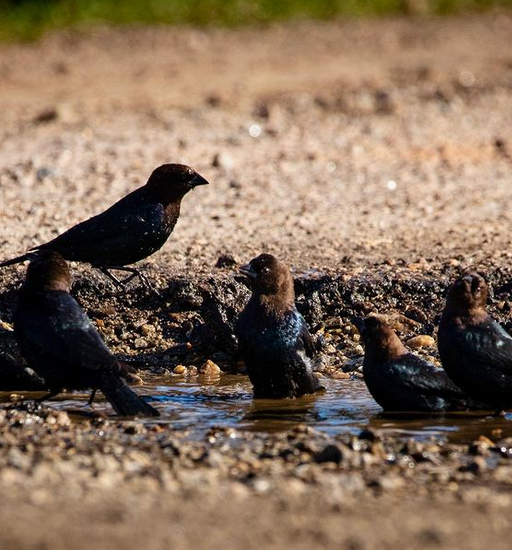
These beautiful colors may serve an important purpose in the breeding habits of the Cowbird.
Studies have shown that there is a direct correlation between the intensity of hue and saturation of the males iridescent plumage in relation to his overall health.
Cowbirds who were nutritionally deficient produced a greater percentage of dull feathers when molting, while males who were fed a healthy diet with unlimited access to nutrient rich food sources, produced the expected amount of rich colors in their plumage.
It is hypothesized that female birds may possibly interpret the brightness of the males colorful feathers as a signal of a healthy mate.
Although I’m not aware of a specific study which definitely proves this, it would seem reasonable to conclude that the Cowbird with the brightest plumage would have the best luck with the ladies, thus able to pass their genes on to the next generation.
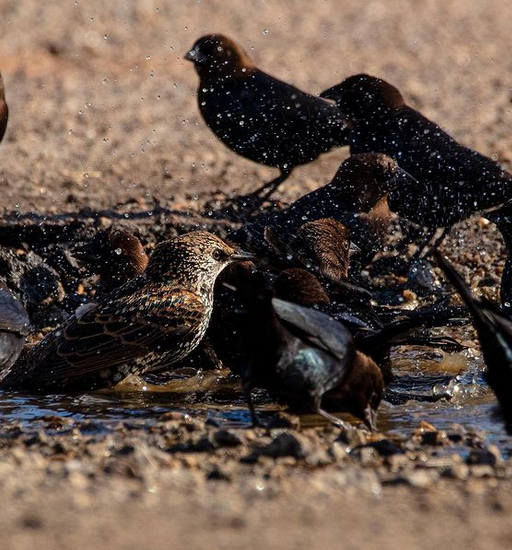
Love them or hate them, IMO they are gorgeous birds, especially when they’re seen in good lighting.
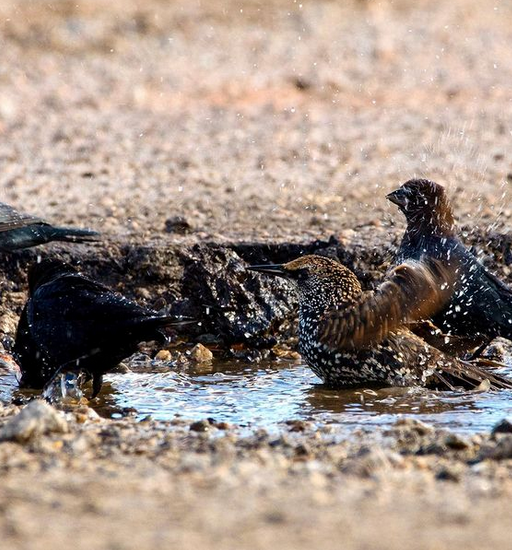
Btw, check out the lone European Starling taking a bath with the flock in the third and fourth pics. He seems perfectly content to hang out with the Cowbirds doing his own thing 🙂
Photos by @sally_siko of @birdwatching_nc on the fabulous full frame @canonusa
#5Ds

